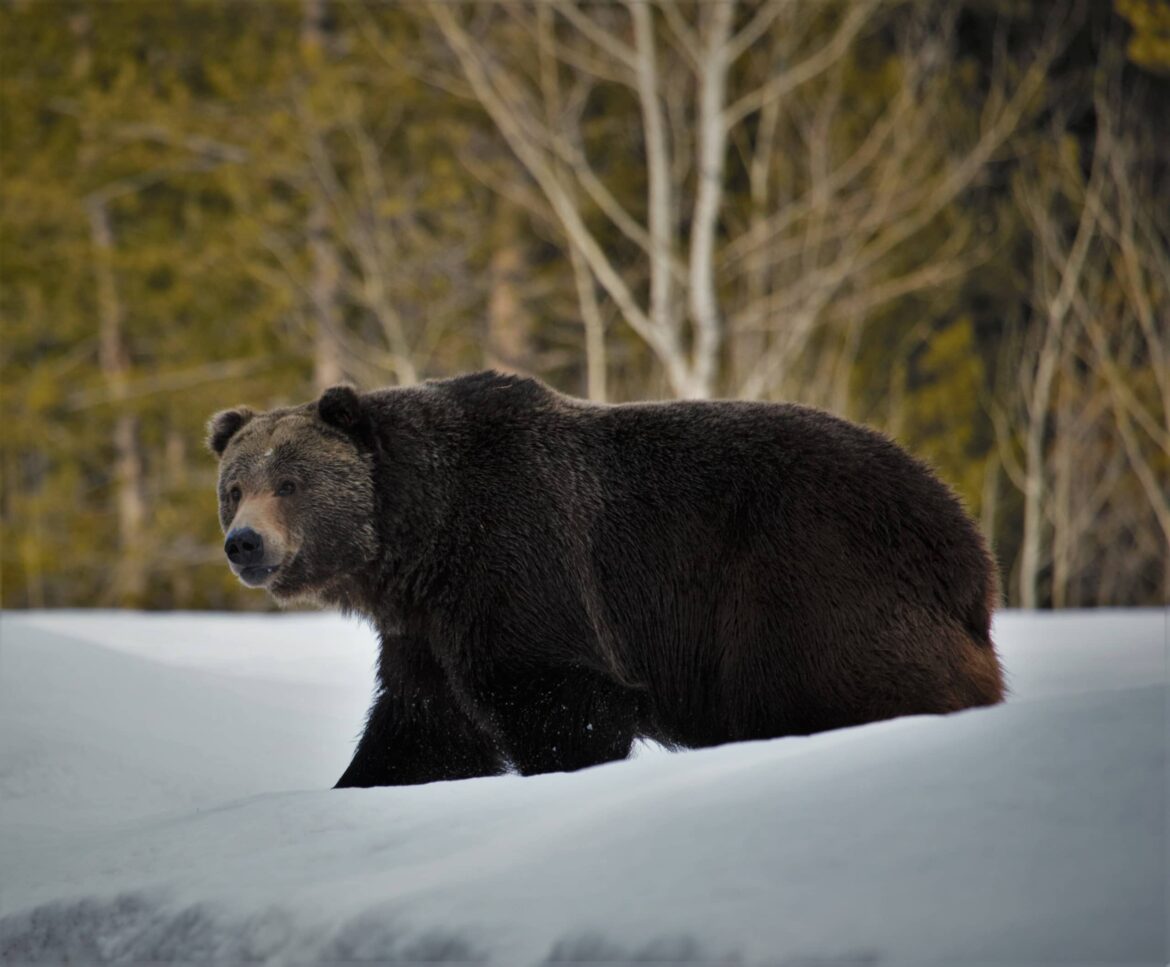HELENA, Mont. (March 31, 2021) – Today, the U.S. Fish and Wildlife Service announced it will be recommending no change to the current listed status of the grizzly bear in the lower 48 states as threatened under the Endangered Species Act (ESA).
The Fish and Wildlife Service completed a five-year status review and said they released the recommendation following what the agency called “a thorough review of the best available science, informed by an independently peer-reviewed species status assessment.”
USFWS said that Grizzly bear populations in the lower 48 states have expanded considerably since they were placed on the Endangered Species List in 1975. Currently the agency estimates that there are 737 bears in the Greater Yellowstone Ecosystem of Northwest Wyoming, Eastern Idaho and Southwest Montana, 55-60 bears in the Cabinet-Yaak Ecosystem in Northeast Idaho and Northwest Montana and 1,068 bears in the Northern Continental Divide Ecosystem in Northwest Montana.
The Montana Stockgrowers Association (MSGA) has been a strong voice in pursuing the delisting of the grizzly bear and allowing states the ability to manage the species. MSGA says that Grizzly bear populations in the Northern Continental Divide and Greater Yellowstone ecosystems are biologically recovered and have far exceeded the recovery goals set by the U.S. Fish & Wildlife Service in the Grizzly Bear Recovery Program.
In fact, the 2018 Annual Report on the Grizzly Bear Recovery Program states that all three recovery criterion have been met in both the Northern Continental Divide and Greater Yellowstone ecosystems. MSGA adds that Montana has proven more than capable of managing this species and should have management authority.
Following the announcements from the USFWS, Montana Senator Steve Daines released the following statement:
“The Fish and Wildlife Service confirmed once again what Montanans know all too well—the grizzly bear is continuing to recover nationwide and has fully recovered in Montana’s two largest ecosystems. Merely recognizing the biologic recovery of the grizzly bear is not enough. The Biden Administration should follow through on their commitment to follow the science and act upon their career scientists own findings by moving forward immediately to delist the grizzly bear in Montana and return species management back to the state,” Daines stated.
Last week, the Senator introduced legislation to delist grizzly bears in the Greater Yellowstone ecosystem. Many Montana communities are facing negative impacts from the continued protection of this species after it has fully met recovery criteria.
Montana ranchers are seeing an upward trend of livestock losses due to depredation. As grizzly bears continue to exceed recovery criterion and increase population in the Northern Continental Divide and Greater Yellowstone ecosystems, Montana ranchers are left with limited management options and resources to keep their herds safe from depredation. Below is a chart provided by MSGA showing the livestock loss trends in Montana

The Montana Stockgrowers Association pledged to continue to be a proponent of delisting the grizzly bear and giving states the ability to manage the species.
###
MSGA/USFWS/Senator Daines


